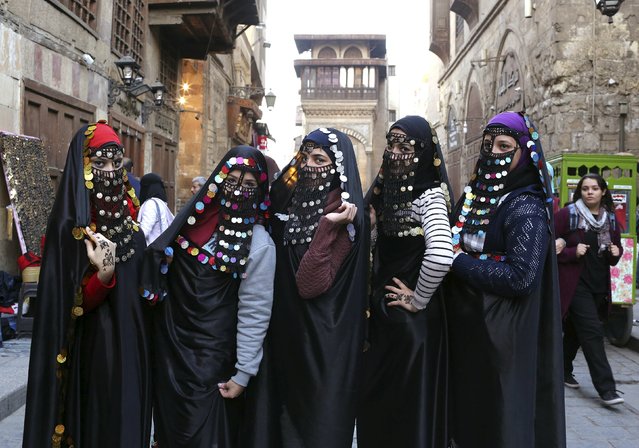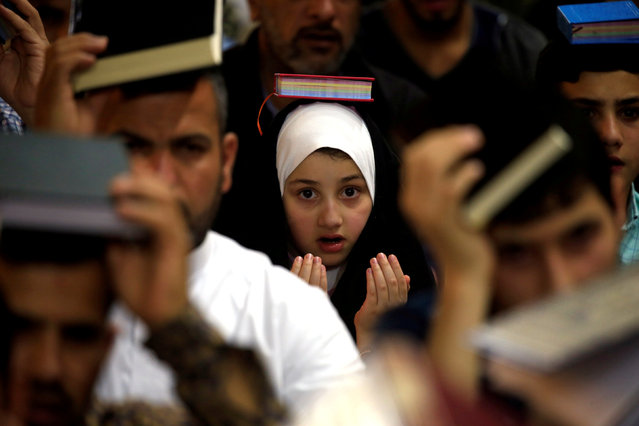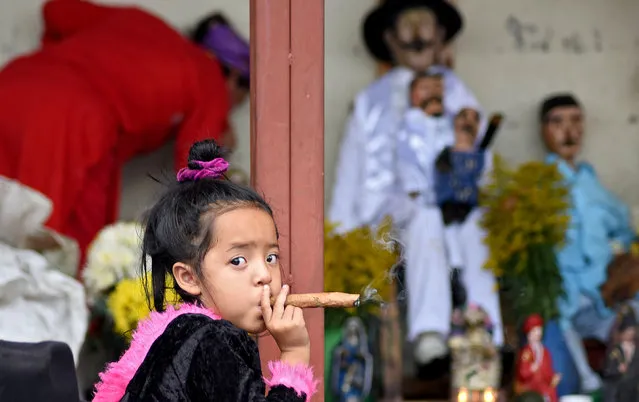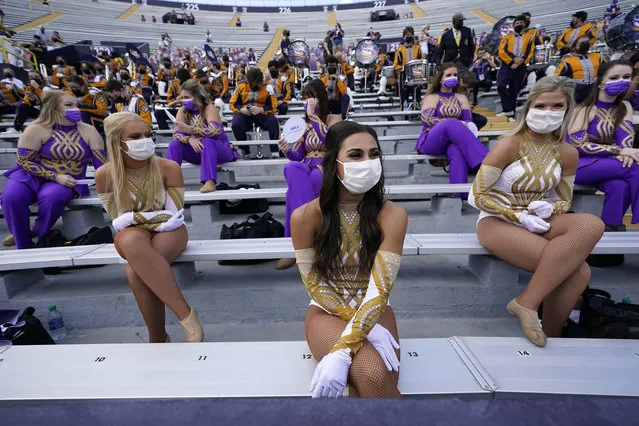
Girls dressed up in traditional Egyptian clothes from the early 20th century pose for a picture before they get their photos taken on the historical Al-Moez street of Islamic Cairo, Egypt, January 17, 2016. (Photo by Asmaa Waguih/Reuters)
20 Feb 2016 10:25:00,post received
0 comments







